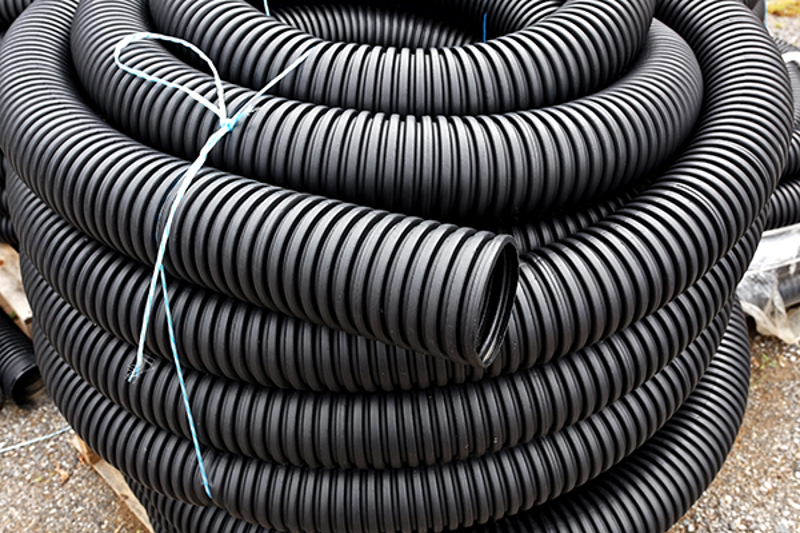Yates Account
Join now
Create a Yates account today!
Sign up to join the Yates Garden Club for monthly e-mails packed with seasonal inspiration, tips for success & exclusive promotions.
Plus if you’re a Garden Club member you can take part in the Yates Growing Community - a blog to share successes, get advice & win prizes in fun challenges along the way!

Forgot password
Enter the email address associated with your account, and we'll email you a new password.

If your lawn is on heavy clay soil, regularly forms puddles, or stays wet and squelchy right through winter, it’s a good candidate for some extra drainage. A French drain is the time-honoured method for draining and diverting excess water from a lawn.
It may seem a lot of hard work, but it really improves the health and resilience of your lawn and makes it much easier to care for over the long term.
A French drain works by re-directing surface water and groundwater away from wet areas, to allow the soil to dry after heavy rain.
To lay out where the drain should run, the trick is to find the wettest spots, then lead them to the lowest point, via the shortest route.
The drain needs to gently slope downhill for water to flow; the vertical measurement of this slope is known as ‘fall’. The minimum recommended gradient for a French drain is 1 in 100, which works out to a 10mm fall over each 1m of drain. The more fall you can add in your situation, the better the drain will work.
You’ll need to obtain enough slotted plastic drain coil (110mm diameter is good) to cover the full length of your drain. Best practise is to unroll a geotextile filter sock onto the drain coil to prevent silt from clogging the slots in the drain coil. Filter socks and drain coil are easily found at your favourite hardware retailer.

Here are the steps you can follow to install a French drain in your lawn:
- Safety check: Are there any electrical cables or gas lines where you want to dig? Steer well clear of these. Also, nobody will be pleased if you cut off the internet!
- Dig the trench: Dig a narrow trench about 50cm deep and around 20cm wide along the chosen line of the drain. A narrow trenching shovel really helps with this job. As specified above, the trench should slope slightly downhill to allow water to flow away from the problem area.
- Add scoria or drainage metal: Fill the bottom of the trench with about 8cm of scoria to create a stable base for the drain.
- Place the drain coil: Lay out the drain coil (after you’ve fitted the sock over it, like a sleeve) on top of the scoria. Check the drain coil has the correct fall with a spirit level and adjust the scoria underneath if necessary. Straight is best; try not to leave undulations or low spots in the pipe where water can pool.
- Cover with more scoria: Cover the drain coil with another 8cm of scoria or metal, ensuring that the pipe is completely surrounded.
- Cover with soil: Cover the gravel with soil, making sure the soil is level with the surrounding lawn.
- Re-sow the bare soil with grass seed: Yates Sow Anytime is ideal for the job.
Note – It’s not recommended to route a French drain so its water flows into your roof rainwater system, as there’s a risk of back-filling the French drain with rainwater from the downpipes. It’s better to bring the downhill end of the drain to the surface and let it discharge at ground level (remember to be considerate of your downhill neighbors). To prevent the discharging water from eroding away the soil around the pipe outlet, it's a good idea to lay a bed of small rocks around the end of the pipe.
An alternative method to terminate the drain is to dig a deep soaker pit at the lowest point, that the French drain feeds into. This is simply a pit around 1m x 1m square, and 1m deeper than the drain inflow. The soaker pit is filled up with small rocks and drainage metal; it's purpose is to collect rainwater from the drain, hold it and allow it to soak away into the subsoil gradually. You can overplant the soaker pit with wet tolerant plants, like Carex grasses or Toetoe. Soaker pits aren't very efficient in very heavy clay soils; it's best to drain water completely away from your lawn in heavy soils.
Never, never, connect a French drain into a sewage pipe!

















Share
Share this article on social media